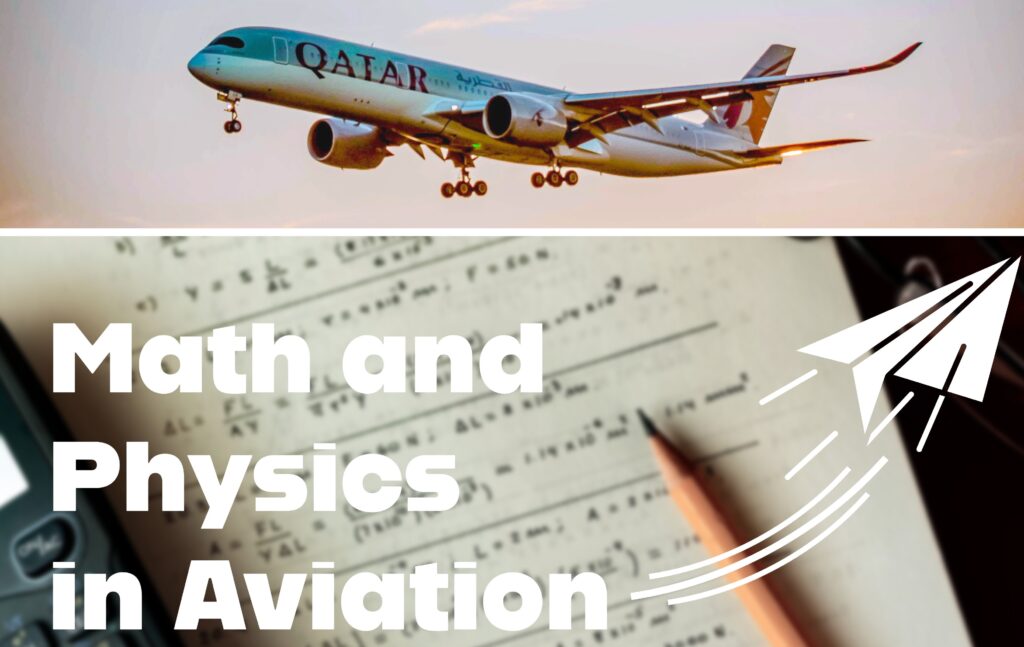
Yes, you must know both. Being outstanding in both subjects is a plus point, but you don’t have to be Einstein. If you have a grasp of basic maths and physics, you will gain confidence, having already studied these subjects, when facing certain topics in aviation training.
In some countries in South Asia like Bangladesh and India, there is a curriculum in the local language instead of English, where students in Humanities or Commerce typically don’t study higher mathematics and, particularly, physics in classes 9 and 10. This poses a problem because while they study enough mathematics in general mathematics subjects, they don’t cover physics. As a result, the civil aviation authority doesn’t allow students from non-science backgrounds to pursue aviation careers. However, hope isn’t lost easily. Students can learn physics through online courses and, by excelling in both subjects, can apply for foreign scholarships to receive aviation training abroad.
There are several topics in aviation that require knowledge of mathematics and physics:
Maths
Navigation and Flight Planning: Pilots use maths to calculate flight time, fuel requirements, and the best routes. This involves basic arithmetic like addition, subtraction, multiplication, and division.
Weight and Balance: Ensuring the plane is within safe weight limits and properly balanced requires calculating the weight distribution and center of gravity.
Performance Calculations: Pilots determine runway lengths for takeoff and landing, climb rates, and other performance metrics using maths.
Instrument Reading: Understanding flight instruments involves reading numbers and performing simple calculations related to speed and altitude.
Physics
Aerodynamics: Pilots need to understand how air moves over the wings to create lift and how different forces affect the aircraft, which is fundamental for controlling the plane.
Weather Knowledge: Pilots must grasp basic principles of thermodynamics and fluid dynamics to understand weather patterns like wind, storms, and temperature changes, helping them avoid dangerous conditions.
Aircraft Systems: Understanding how the plane’s systems, such as the engine and controls, work involves basic physics concepts.
Navigation Systems: Modern navigation relies on physics principles, and pilots need to understand these to navigate accurately.
In summary, while pilots use maths and physics, it’s mostly in practical ways to ensure safe and efficient flights. You don’t need to be a maths or physics expert, but a good grasp of the basics is essential for piloting.
